Deck & Commander Strategies

The Master of Keys
This deck focuses on graveyard recursion using enchantments like Animate Dead and unmarked grave to repeatedly bring back powerful creatures. It aims to generate infinite mana through combos involving cards like Oro Salvagers and Led H Breaker Horror, then cast Master of Keys with a huge X to tutor and reanimate key threats, closing out the game with overwhelming board presence.
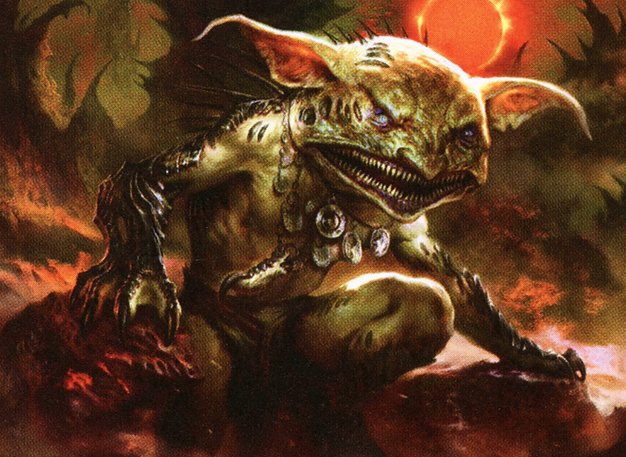
Krark, the Thumbless
Krark-based decks typically leverage artifact synergies and chaotic card advantage via copy and randomization effects. This deck uses mana acceleration and artifact tokens to generate explosive board states and combo off with artifact recursion or damage-based combos.
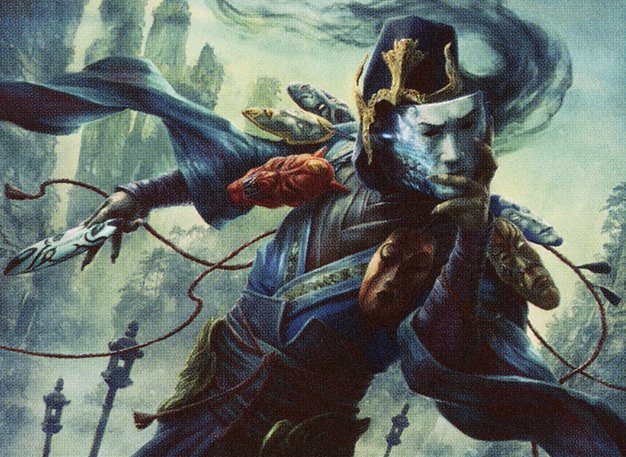
Sakashima of a Thousand Faces
Sakashima decks often use cloning and copying effects to create infinite or overwhelming board states. This variant likely uses artifact and creature recursion combined with clone effects to generate value and enable combos.
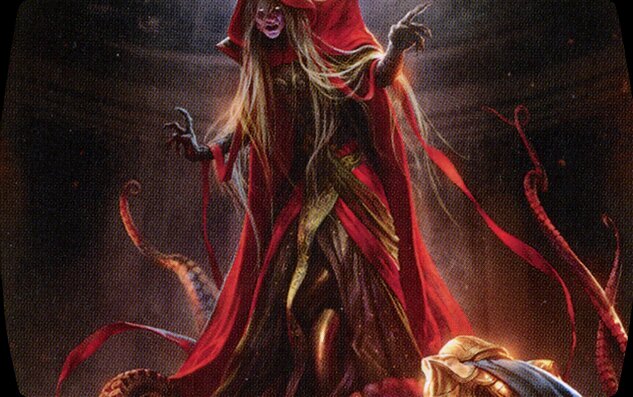
Dihada, Binder of Wills
Dihada decks focus on controlling the board using counterspells, disruption, and recursion. It leverages graveyard interaction and stax elements to lock opponents down and gain incremental advantages, aiming to win through attrition and value.
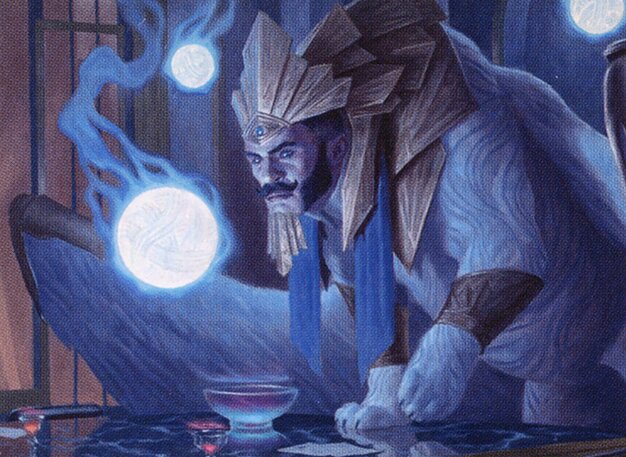
Tivit, Seller of Secrets
Tivit decks center around artifact-based combos, treasure generation, and card draw. This deck likely uses treasures and artifacts to ramp quickly and assemble combos that generate infinite mana or damage to finish the game.
Gameplay Insights
- 1
Using Animate Dead and Unmarked Grave early to establish graveyard recursion was critical for setting up later infinite combos.
- 2
The infinite treasure generation loop with Cthonian Nightmare and Opposition Agent was a major turning point, threatening to end the game if uninterrupted.
- 3
Flash Snapcaster Mage was used effectively to disrupt opponents' combos and flashback key spells from the graveyard, maintaining board presence and tempo.
- 4
Players balanced aggressive mana ramp with careful resource management, avoiding early overextension to keep counterplay options open.
- 5
The Master of Keys deck demonstrated strong synergy between graveyard fill, enchantment recursion, and infinite mana combos to control the game's pace.
Notable Cards
-
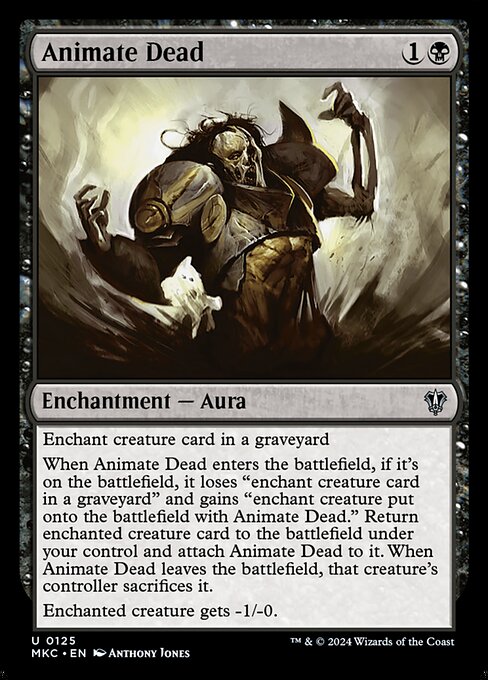
Animate Dead
-

Unmarked Grave
-
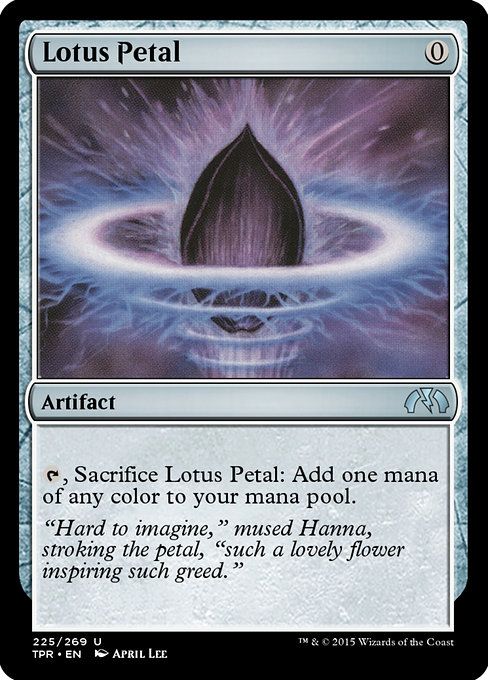
Lotus Petal
-
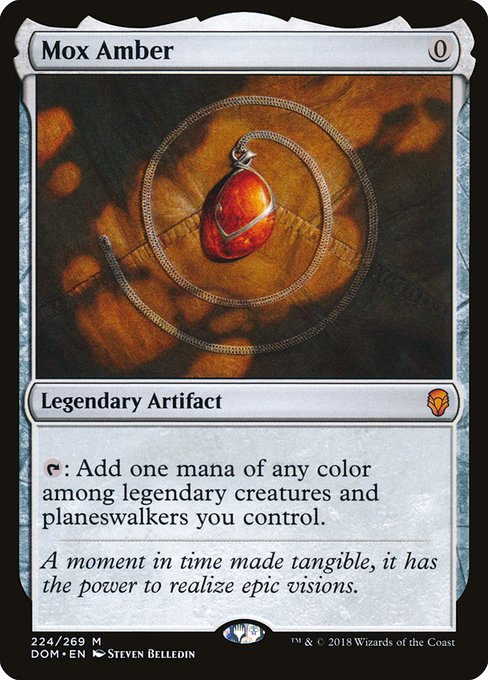
Mox Amber
-

Dockside Extortionist
-
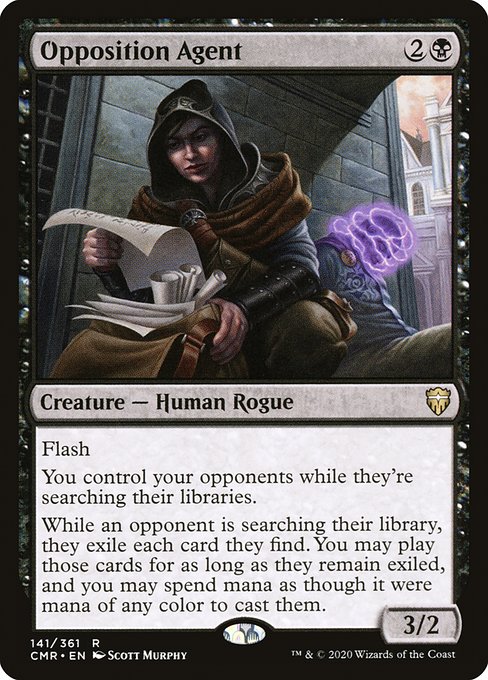
Opposition Agent
-
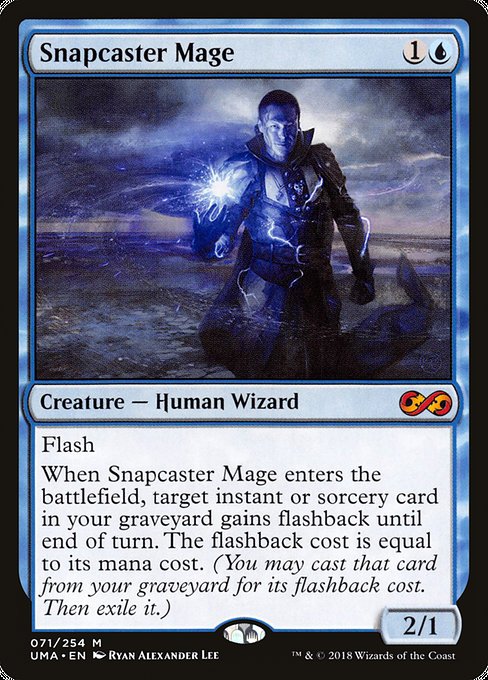
Snapcaster Mage
-

Faithless Looting
Gameplay Summary
The game began with players developing their boards cautiously, with some early interaction focused on ramp and setting up graveyard synergies.
The Master of Keys player aimed to fill the graveyard with key enchantments and creatures to enable powerful reanimation plays.
Key plays included casting Animate Dead and unmarked grave early to facilitate recurring threats.
Meanwhile, other players established mana acceleration with cards like Lotus Petal, Mox Amber, and Dockside Extortionist, enabling explosive turns.
A pivotal moment occurred when one player assembled a loop involving Cthonian Nightmare and Opposition Agent to generate infinite treasures, threatening to close out the game.
However, responses such as Flash Snapcaster Mage and timely reanimation spells kept the game dynamic, with players digging through their decks for win conditions and interacting with opponents' combos.
The Master of Keys deck sought to leverage infinite mana combos and graveyard recursion to overwhelm opponents, while others pushed aggressive treasure and artifact synergies.
The game featured multiple back-and-forth turns with strategic use of recursion and resource management, highlighting the complexity of cEDH interactions.











![Interaction can really be a DRAIN [S1G13] cEDH LEAGUE FIRST SLIVER v ANIMAR v KRARKASHIMA v TIVIT thumbnail](https://i.ytimg.com/vi/Yc770YqKUx0/sddefault.jpg)
![Stuck Between a Mogg Salvage and a Hard Place Ft. @BasedBreadCEDH [cEDH Gameplay] thumbnail](https://i.ytimg.com/vi/Y-zpQMbo97o/sddefault.jpg)

![Necropotence v One Ring: who needs life? [S2G2] TIVIT v NAJEELA v ROG/SI v KRARKASHIMA thumbnail](https://i.ytimg.com/vi/AbWVe3oZO5Q/sddefault.jpg)

![Why Are Leonin So Swole? [cEDH Gamplay] KRARKASHIMA v TALION v SISAY v YURIKO thumbnail](https://i.ytimg.com/vi/DIjJVWIC_c4/sddefault.jpg)



![HOW LOW CAN YOU MULL? CELES v MASTER OF KEYS v YURIKO v WON SHI TONG [cEDH GAMPLAY] thumbnail](https://i.ytimg.com/vi/Oi9LFCQoMg8/sddefault.jpg)










![cEDH Fight Club [S2G13] TIVIT v MAGDA v YURIKO v KRARK|SILAS thumbnail](https://i.ytimg.com/vi/mcSfvafb0mU/sddefault.jpg)
![Death by a thousand cuts! [S2G10] cEDH Gameplay - TIVIT v YURIKO v KRARK/SILAS v MALCOLM/VIAL thumbnail](https://i.ytimg.com/vi/RhRPRlgx5Fc/sddefault.jpg)

